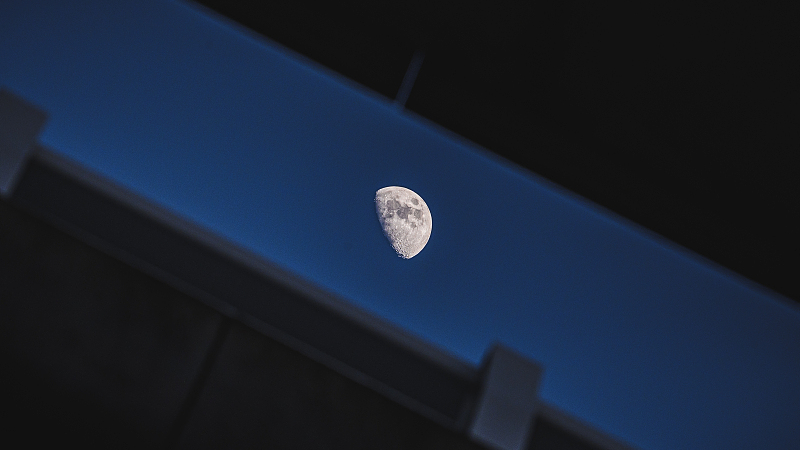
The European Space Agency wants to introduce the Lunar Time Zone, the Moon’s own time zone. Read to know all about it.
What is the ‘Lunar Time Zone’?
With the increasing number of upcoming lunar missions on the horizon, the European Space Agency (ESA) is pushing for the Moon to have its time zone. This week, the ESA revealed space agencies across the world are considering the best way to keep time on the Moon. The idea came up during a meeting in the Netherlands. Participants agreed on the need to establish “a common lunar reference time”.
“A joint international effort is now being launched towards achieving this,” stated Pietro Giordano. Giordano is a navigation system engineer with the ESA. Currently, the missions on the moon are running on the country operating the spacecraft. ESA officials believe the introduction of an internationally accepted lunar time zone will make it a smooth sail for all nations. Additionally, this will also aid as private countries along with NASA are aiming to send astronauts to the Moon.
More on the lunar time zone
The international team of scientists looking into the lunar time zone is debating if a single organization or a group should set and maintain the time. However, it also includes technical dilemmas as the clocks on the moon will run faster than those on earth. As per the ESA, clocks on the moon gain 56 microseconds. Additionally, according to them, ticking occurs differently on the lunar surface and lunar orbit.
“This will be quite a challenge. But having established a working time system for the moon, we can go on to do the same for other planetary destinations,” stated Bernhard Hufenbach from the ESA. NASA was grappling with a similar question of time while building and designing the International Space Station (ISS) since first launching it 25 years ago. While the ISS does not have its time zone, it uses the Coordinated Universal Time or UTC. Moreover, this also helps in splitting the time difference between the Canadian Space Agency and NASA with Europe, Russia, and Japan, the other partner nations.
